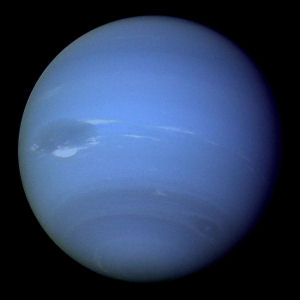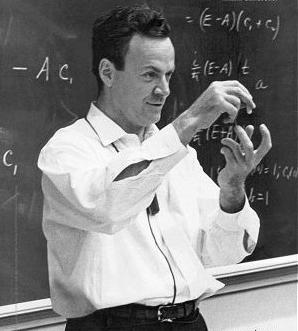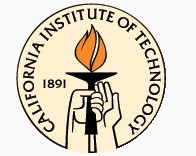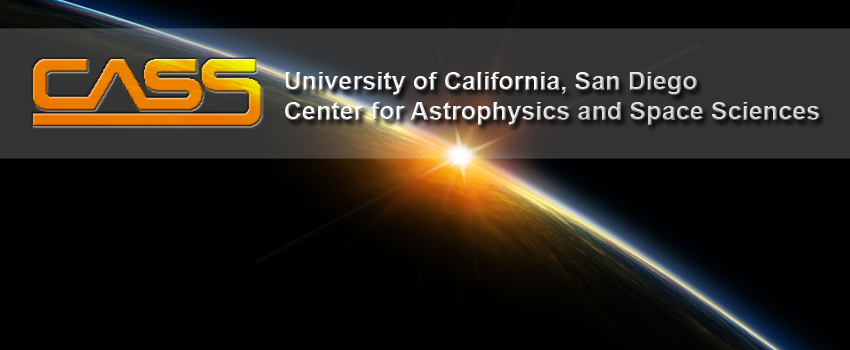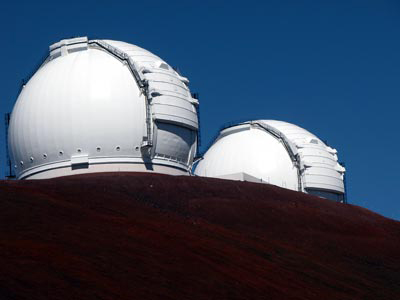 |
|
Office:
AR 315
Calendar |
|
Home
Broadband selection of Lyman alpha emitters
Complementary to my work investigating Lyman break galaxies (LBGs)
and their interactions, I developed a technique to pre-select LBGs with
desired spectroscopic properties and Lyman alpha emitters (LAEs) to high
efficiency using broadband imaging alone (Cooke
2009b). This technique has enabled the clustering
studies discussed above that would be nearly impossible
otherwise given the large number of LBG spectra that would
be required (~100,000). The number of LAEs detected using
this technique is an order of magnitude
larger than previously possible via narrow-band and blind
spectroscopic surveys. In addition, the larger
redshift path accessible enables the LAE correlation function
and the LAE cross-correlation with LBGs to be measured to high
precision.
Click here to access the ADS link displaying a list of
articles describing this work and other research of mine.
|
|
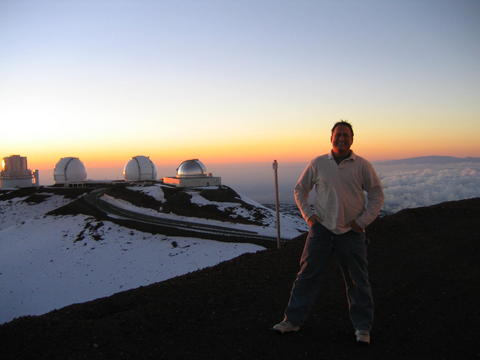
Welcome to my office
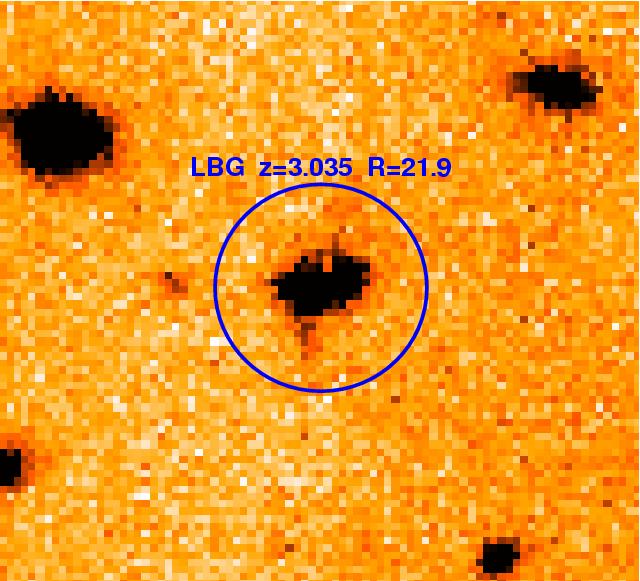
A false color (negative) image of
interacting Lyman break galaxies
(termed LBG-2377) comprise the brightest LBG at
z ~ 3 known to date (Cooke et al. 2008). These
"embryo" galaxies show evidence that they are merging and
provide information on the physical properties and formation
processes of galaxies about 11.4 billion years ago, when the
universe was only 15% its current age.
| LBGs, like those above, are visible because
they are undergoing a burst of star formation. One cause of
this burst may be the merging of galaxies, as is the case for
the much closer galaxies NGC 4038 and NGC 4039 (image to the
right) known as the Antennae Galaxies. |
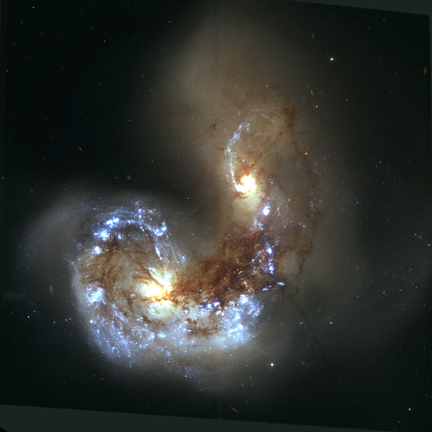 |

The Hubble Space Telescope
| The Milky Way can be seen, as well as two
of our closest companion galaxies, the Large and Small
Magellenic Clouds, in this long-exposure image of the 4
meter telescope at
the CTIO
located in the Southern Hemisphere (Chile). |
 |
|



